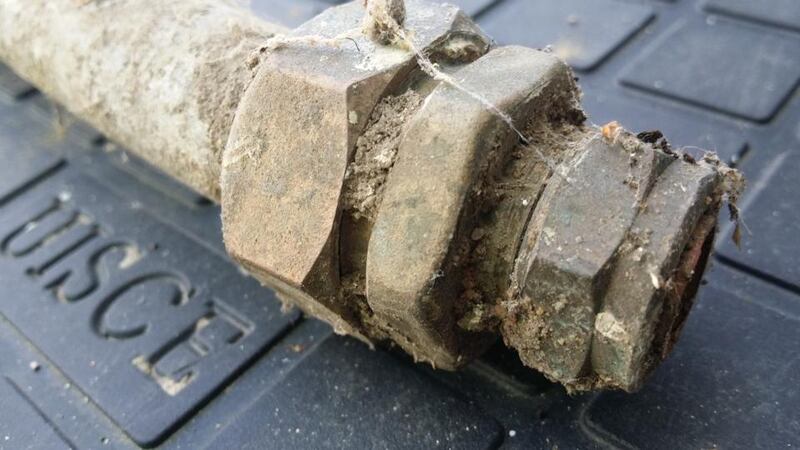Homeowners will have to "verify" there are no lead pipes in the internal plumbing in their homes before Irish Water replaces external lead piping.
Irish Water has estimated it will take at least 10 years and cost €200-€300 million to replace lead piping in the mains system.
The company is responsible for piping outside property boundaries, but owners are responsible for pipes within their boundaries and inside their homes.

A spokeswoman for Irish Water said if a homeowner replaced lead pipes on their property, the company would later replace the lead pipe between the water main and the property boundary.
“Proof of the replacement will be accepted in the form of correspondence from the plumber who has replaced the pipes,” she said.
She said Irish Water would do a “quick visual inspection” with the owner’s permission to verify homeowners who said they did not have lead pipes before they replaced the public connection pipes.
Highest risk
A Department of the Environment spokesman said funding for a new scheme to help people replace lead pipes would be finalised in the next budget. Grants of up to €4,000 would be administered by local authorities and areas of highest risk would be prioritised.
“It will be important to ensure that the limited financial resources available are targeted where needed most, particularly to householders on lower incomes.”
He said property owners replacing pipes before the scheme is in place should look for help under the Home Renovation Incentive Scheme.
Councillor Ossian Smyth (Greens) said he had bought lead water testing kits from an accredited laboratory for as little as €10.
The laboratory instructed that two samples should be taken from the cold tap in the kitchen – one of them first thing in the morning after the water had been sitting in the pipes overnight and the second after the water has been allowed to run for a few minutes. At least one litre of water was needed to determine if there was lead.
The cost of replacing lead piping in a family home could cost from €600 to €4,000, according to plumbers.
Lead pipes are usually dark grey or black (unless painted) with a dull coating and joints appear to be “swollen”.











